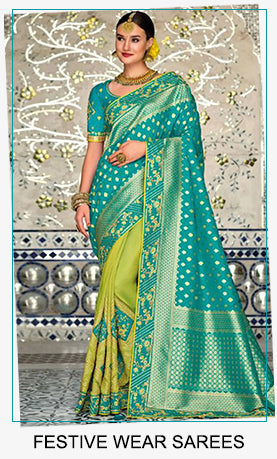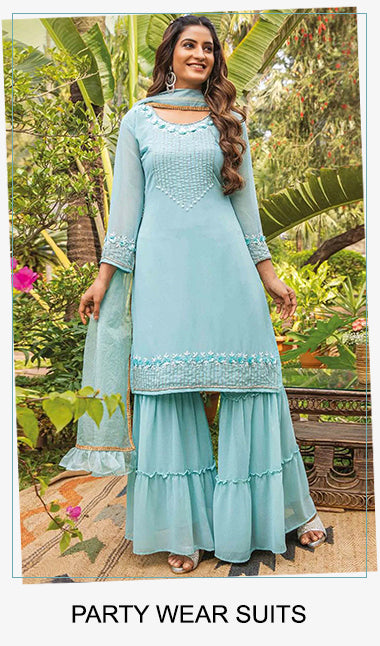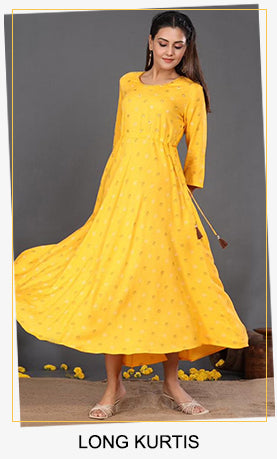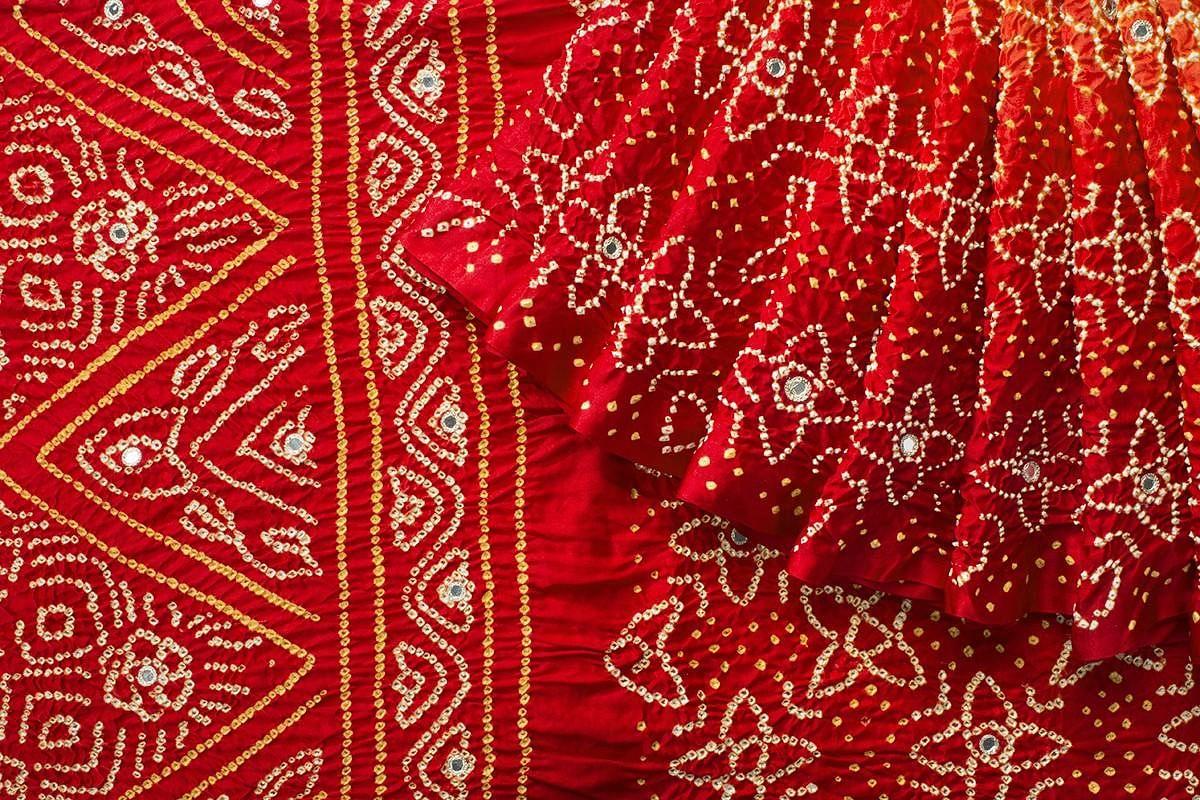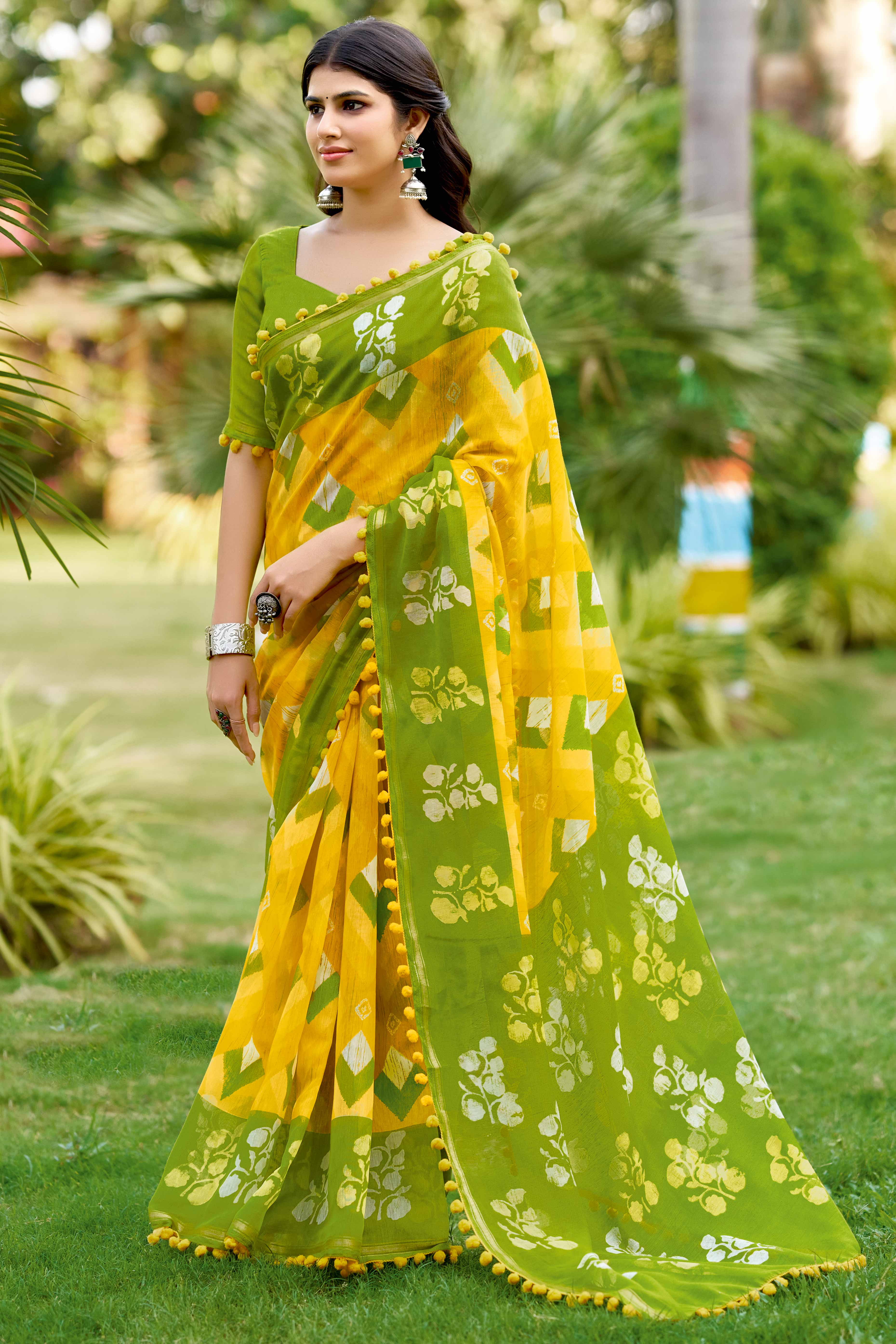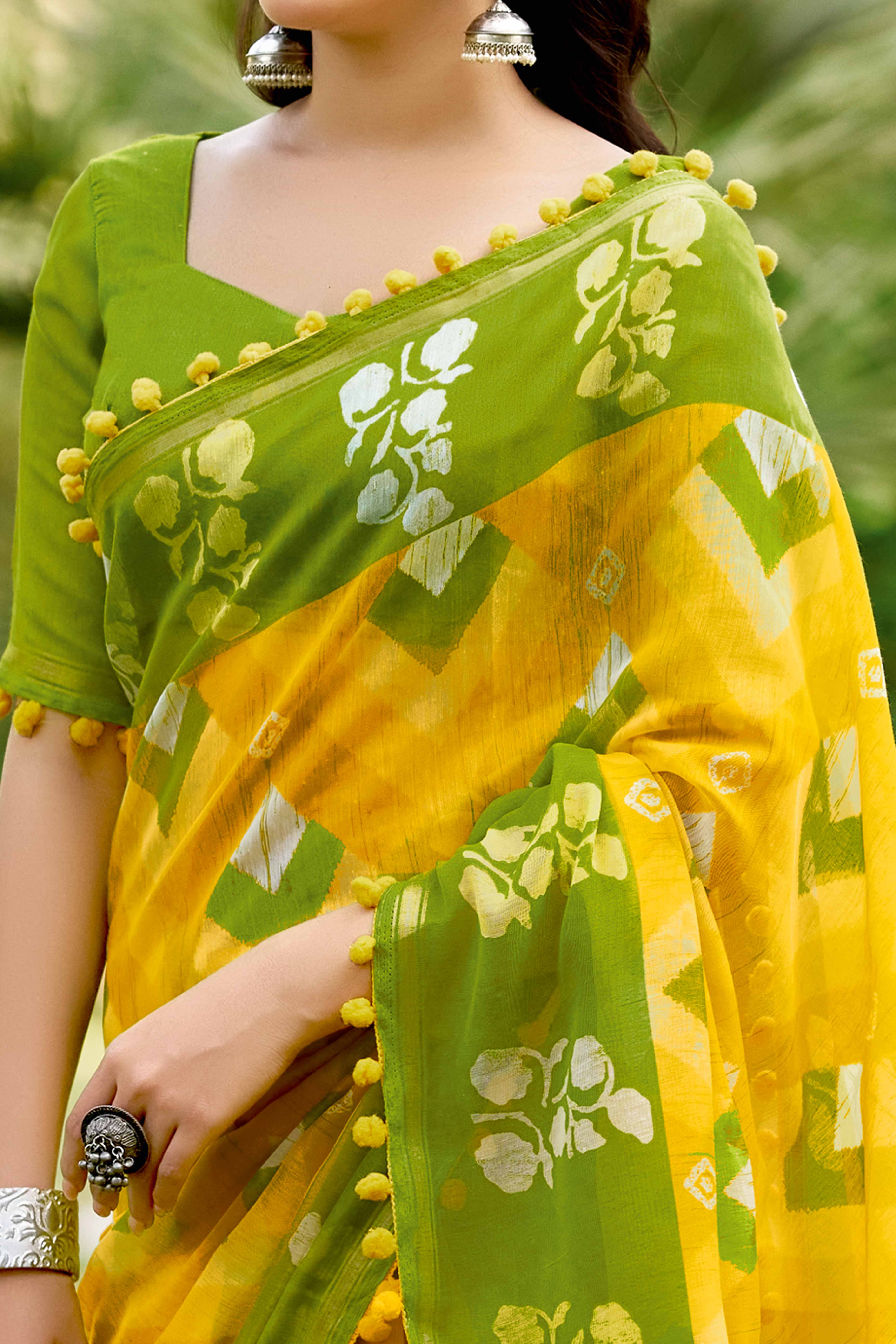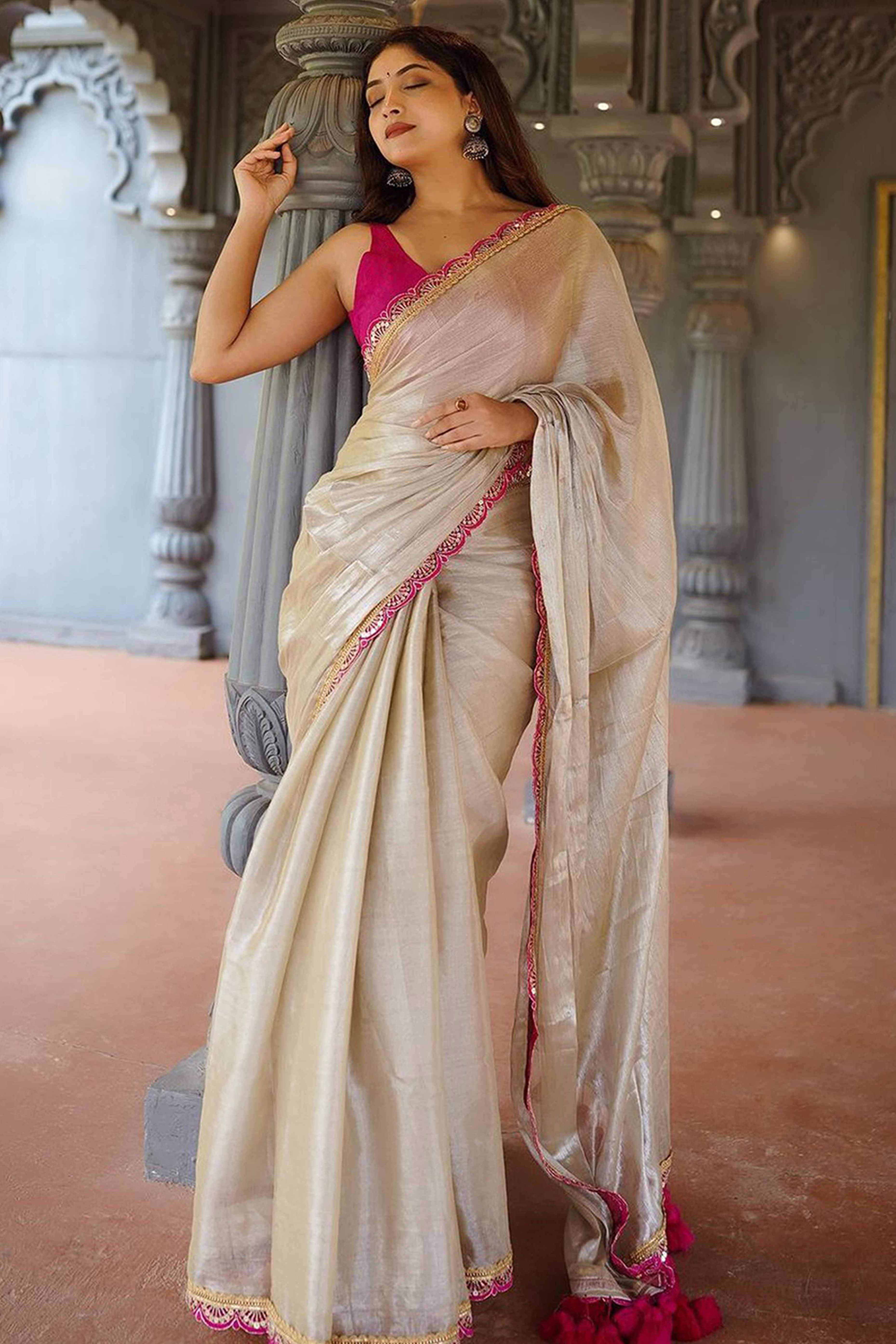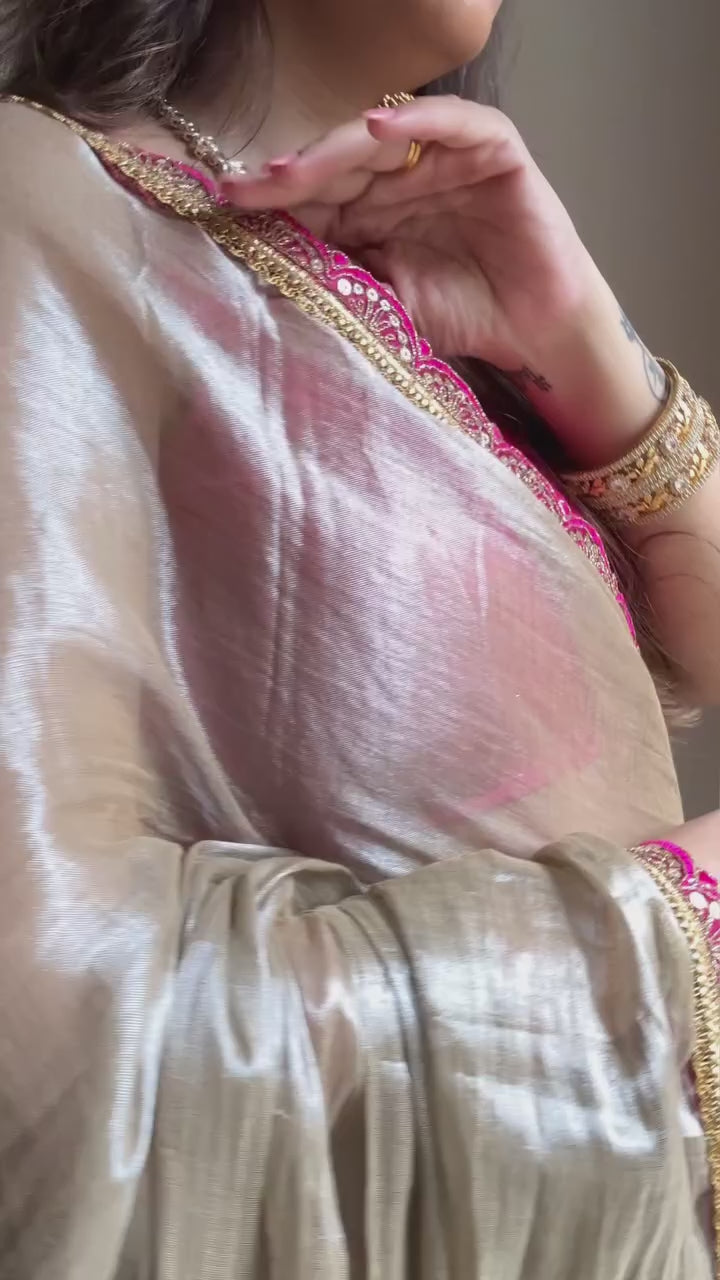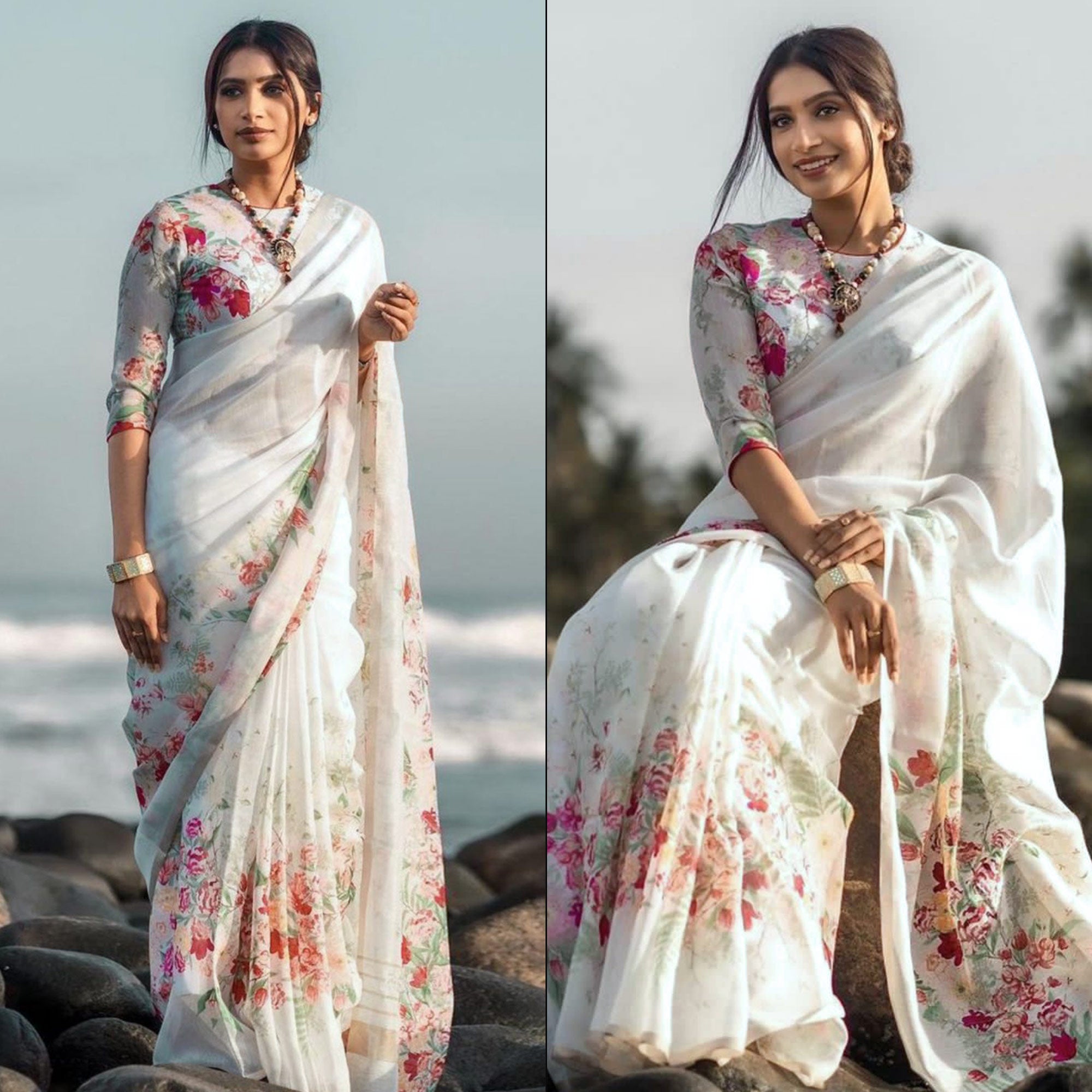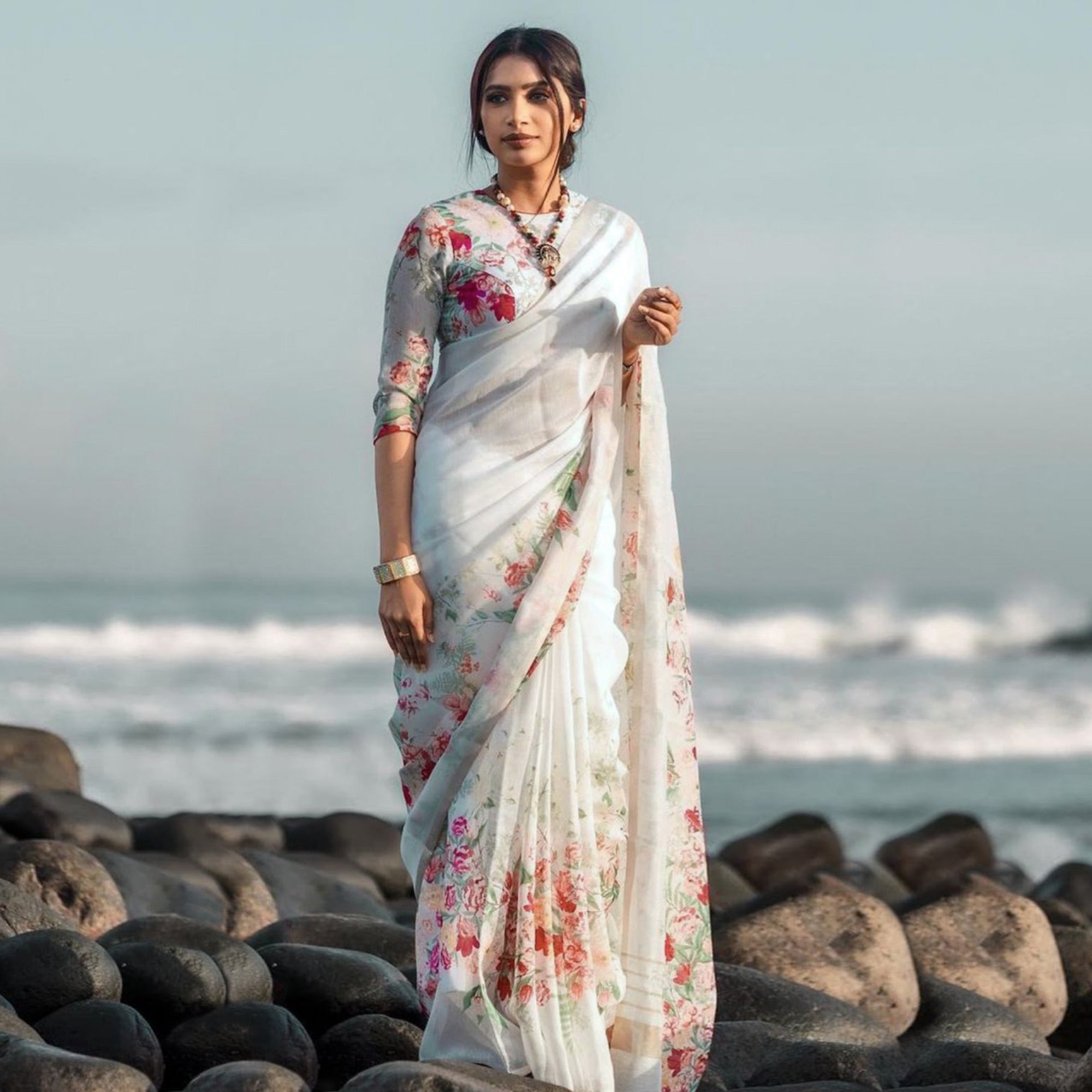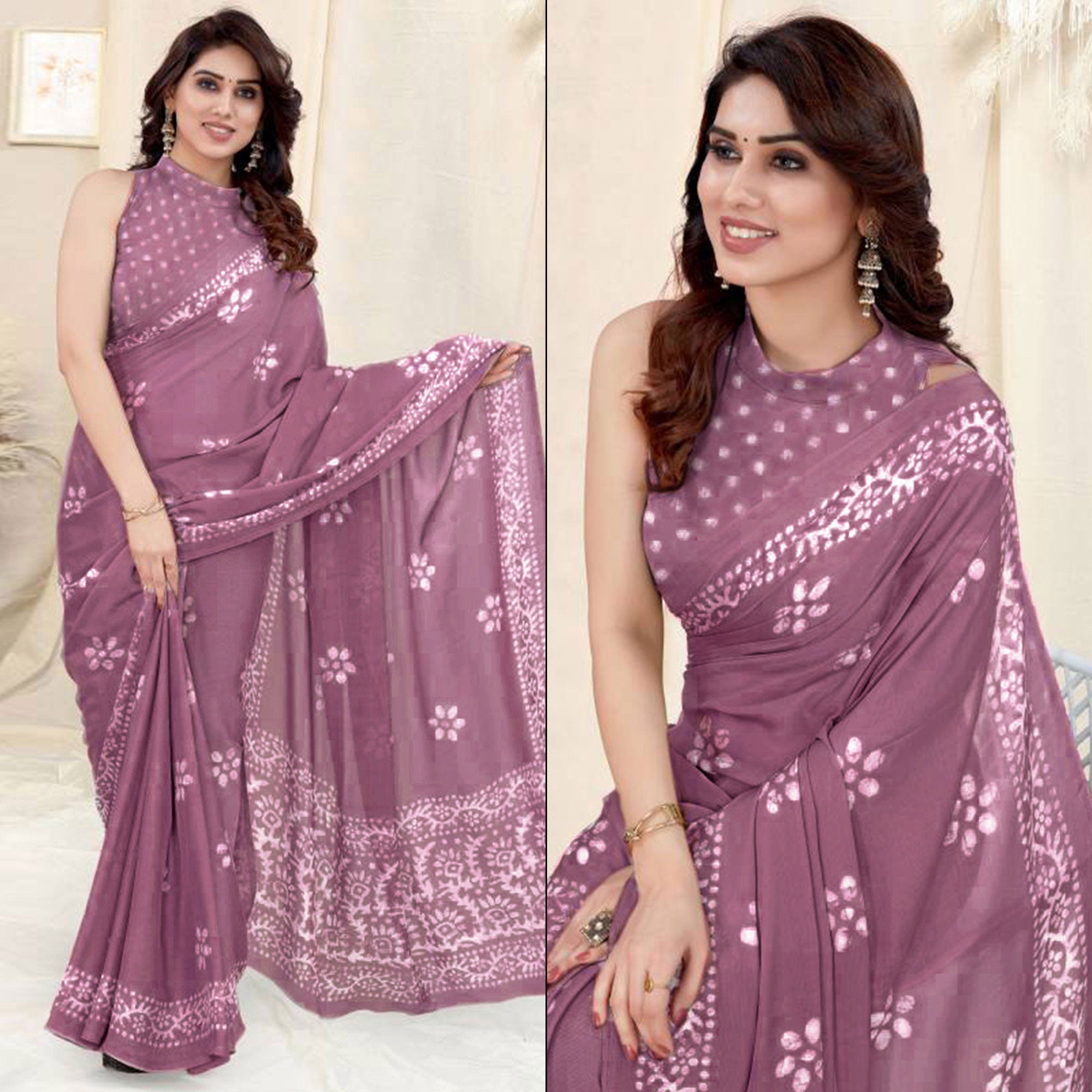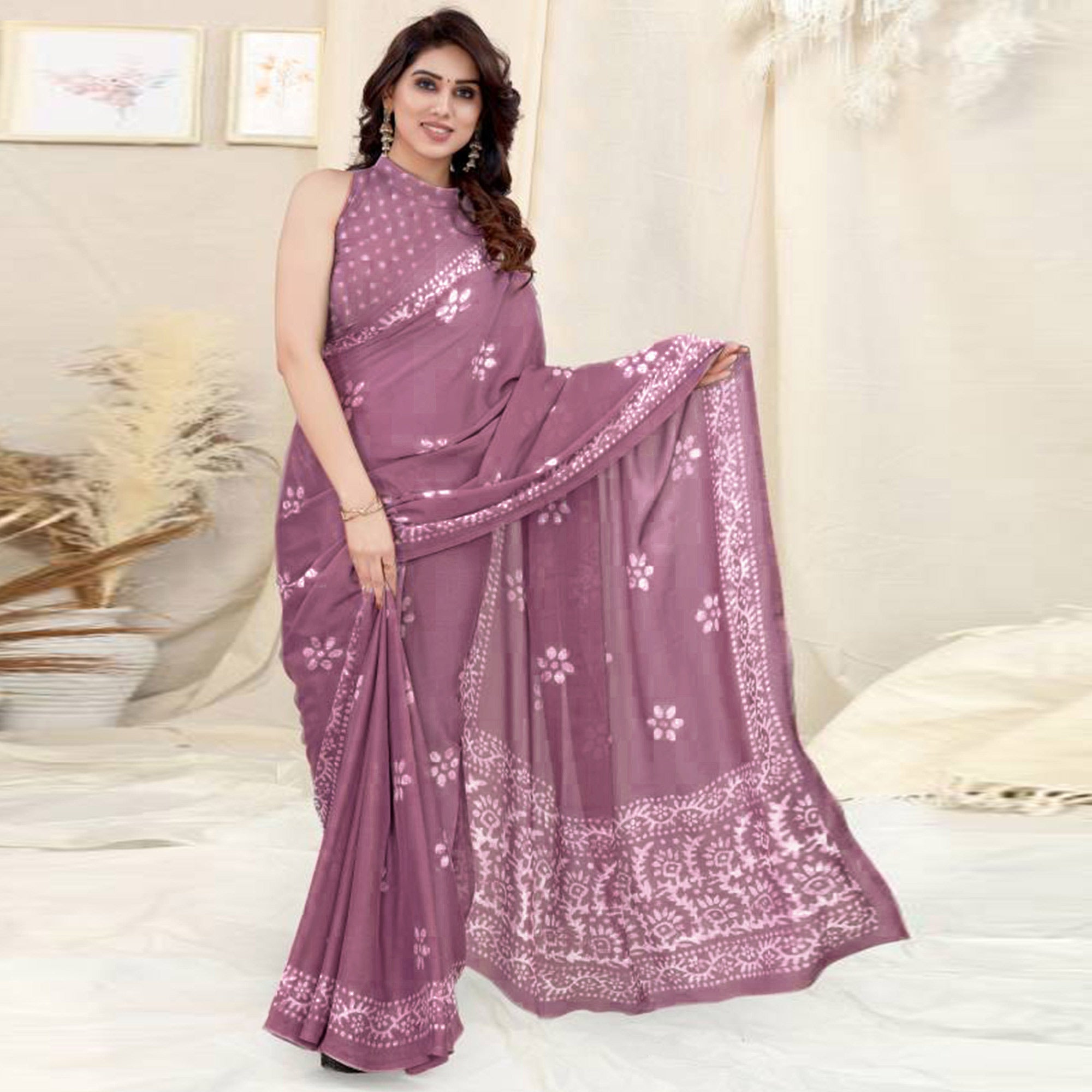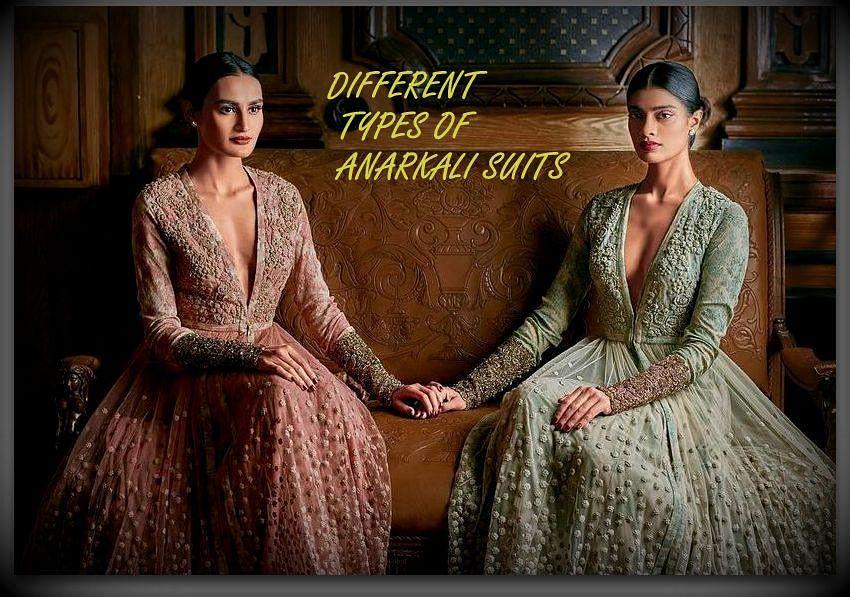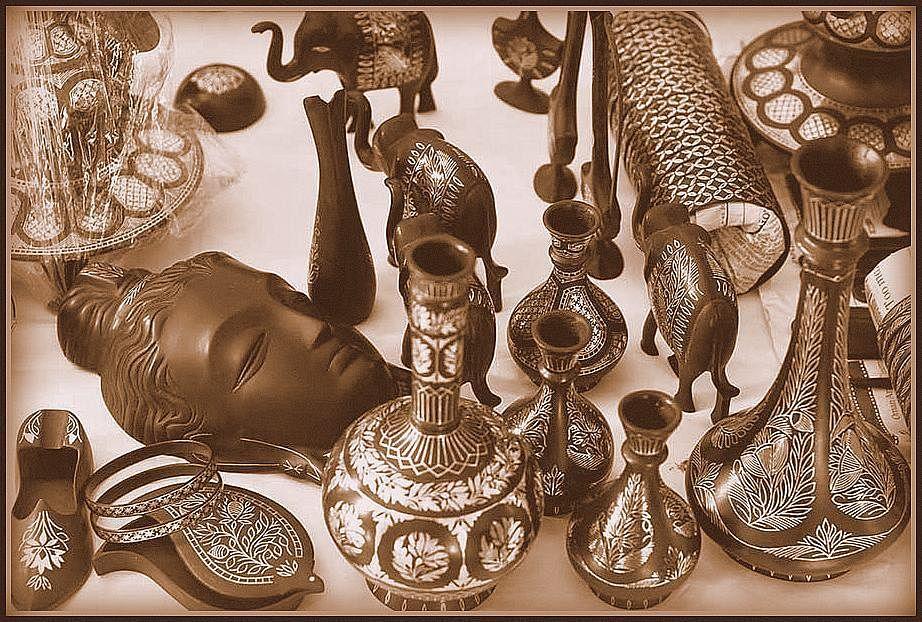The vivid colors of Rajasthan, folk dancers twirling away in their bright ghagras and majestic turbans are the kind of images that our mind conjures up when the word BANHDANI is mentioned, it is THAT symbolic a heritage of the desert state. Seems like Bandhani isn't just an art or a fabric, it is a whole emotion, one that is full of the most vivid hues of our rich culture. Besides being one of the most sparkling jewels in the crown of Rajasthani handicrafts, Bandhej is also popular in states of Gujarat, and parts of Uttar Pradesh as well.
So what exactly is Bandhani or Bandhej?

'The word Bandhani/ Bandhni has been derived from the Hindi/ Sanskrit words ‘Bandhna’ and ‘Bandha’, meaning ‘tying’ or ‘to tie’. Bandhej is just another variation of the same word. So essentially, Bandhani refers to the traditional Indian ‘tie and dye‘ art (resist-dyeing technique that uses impermeable threads for tying), used to produce beautiful, fine patterns on fabrics.'
HISTORY OF BANDHANI

Bandhej is probably the oldest known technique of tie & die which was discovered some 5000 years ago. From whatever evidence we know, the first Bandhani saree was worn at the time of Bana Bhatt`s Harshacharita on the occasion of a royal marriage. In fact, evidences of Bandhej have also been found in the Ajanta caves. In India, Bandhani work was started by the Khatri community of Gujarat. Towns in Rajasthan like Jaipur, Sikar, Bhilwara, Udaipur, Bikaner, Ajmer, and Jamnagar in Gujarat are the well-known centers that produce world-class Bandhej odhnis, sarees, and turbans. It is an ancient form of art that hasn't just survived over time but also grown from strength to strength.
THE TECHNIQUE

To begin with, the fabric is tied using impermeable thread in various designs and patterns and then dyed using beautiful solid colors. When the experts dye these tied fabrics, the tied part doesn’t absorb the color and remains white or the same color as the cloth. Once dried, it is left in the open air to dry. The time taken by the fabric to dye depends on the weather. During monsoons, the cloth takes up to 2 days to dry up, while in the summer season, the entire process is done in a span of 4-5 hours. Besides the weather, the fabric also plays an important role in dyeing.

Traditionally, Bandhani sarees were made only using cotton and muslin cloth but with changing times and the need for innovation, producers started making Bandhani prints on georgette, silk, cotton-silk, viscose and other variants of cotton too. Each fabric has a unique nature so the effect of this art varies according to the nature of the fabric used as well.
THE COLOURS OF BANDHANI
Bandhani being such a vivacious craft finds itself deeply connected to auspiciousness. It makes use of dark, deep tones, but usually begins with lighter hues. Yellow is the first color to start off with and then more dyeing and re-dyeing is done using Reds, maroon, ochre, tangerine, indigo blues, turquoise blue, and deep greens. Nowadays, other shades are also included in the Bandhani palette such as purple, mustard yellow, beige, pink and even black.
PATTERNS OF BANDHANI

A single Bandhani dot is called as Ek Dali or Bundi, four dots are called as Chaubundi and seven are called as Satbundi. Small dots with darker centers are referred to as Boond, while tear-drop shaped dots are known as Kodi. The cluster design that we see is called Trikunti, while groups of four are called as Chaubasi, seven forms the Satbandi. There can be several elaborate designs created by repeating Bandhani dots and patterns. They include leaves, flowers, trees, and even human figurines. Dungar Shahi (mountain pattern), Laddu Jalebi (Indian sweetmeats) and Leheriya (waves) are other commonly known Bandhani patterns.
TYPES OF BANDHANI SAREES

While Bandhani fabric is popularly used for making suits, dupattas, chaniya cholis, turbans, bags, etc, the most popular ensemble in Bandhani remains the saree. It is considered auspicious for mothers to gift bandhani sarees to their daughters when they are getting married. In fact, the mother of the bride more often than not herself wears the traditional Bandhej saree for the wedding ceremony.

There are some variants of the Bandhej saree listed below-
Jhankaar Bandhani – This type of Bandhani is very colorful and vibrant, and has extremely fine, patterns. Jhankaar Bandhani doesn’t have light or white-colored dots, like other Bandhani styles. For example an all green Jhankaar Bandhani will have red or maroon dots.

BorJaal – Used mostly for Wedding occasions, this type of Bandhej is highly intricate and has full jal work of Bandhani all over. It is extremely popular in Marwari communities. BorJaal Bandhani Sarees have a very intricate and striking inter-play of colors, patterns, and dots, that together create an amazing maze design on the fabric. They are available in many colors and can be made on georgettes too.
Colour Discharge Bandhani – Typically, Bandhani technique involves using darker colors over lighter ones. However, in the color discharge technique, the reverse is done and in fact, lighter colors are visible over darker colored dot patterns. For instance, in such a Bandhej, you will see deep red dots on a pale yellow base.

Another innovation of the Bandhej saree is the Banarasi Bandhani saree which is essentially, Bandhani saree with Banarasi brocade border. It is generally made using pure, high-quality georgette fabric that is adorned with brocade and Banarasi weave borders. Bandhani done on these expensive sarees is often extremely fine and included in the traditional bridal trousseau.

Thanks to its vibrant look and rich feel, Bandhani's popularity hasn't lost any steam over time. It is flaunted by many celebs from time to time and keeps making its foray into designers' runways as well.
Bandhej is a delicate fabric and needs to be stored and maintained carefully. Dry cleaning is the best way to take care of it and it must be stored properly so that it doesn't lose its color or tensile strength.

